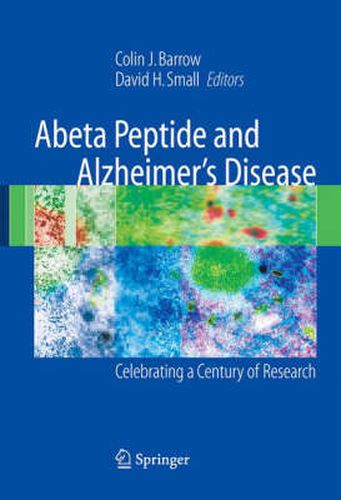Readings Newsletter
Become a Readings Member to make your shopping experience even easier.
Sign in or sign up for free!
You’re not far away from qualifying for FREE standard shipping within Australia
You’ve qualified for FREE standard shipping within Australia
The cart is loading…






Recent advances in genetics and brain biochemistry point to the Abeta peptide as the major culprit in causing neurodegeneration in Alzheimers Disease (AD). Abeta Peptide and Alzheimers Disease is specifically targeted at summarizing current knowledge of the Abeta peptide and its role in AD. Written by leaders in the industrial and academic world specializing in this rapidly moving area, the book covers fundamental biochemical studies on this peptide, the genetic impact on Abeta expression and processing, and various AD therapeutic strategies that target Abeta. Although specifically focusing on the Abeta peptide and AD, there is also some discussion on the similarity and differences of this peptide and AD with other amyloidogenic diseases, such as prion disease, Parkinsons and Huntingtons. This book will primarily be of interest to AD researchers and clinicians but also to researchers of other amyloid diseases.
$9.00 standard shipping within Australia
FREE standard shipping within Australia for orders over $100.00
Express & International shipping calculated at checkout
Recent advances in genetics and brain biochemistry point to the Abeta peptide as the major culprit in causing neurodegeneration in Alzheimers Disease (AD). Abeta Peptide and Alzheimers Disease is specifically targeted at summarizing current knowledge of the Abeta peptide and its role in AD. Written by leaders in the industrial and academic world specializing in this rapidly moving area, the book covers fundamental biochemical studies on this peptide, the genetic impact on Abeta expression and processing, and various AD therapeutic strategies that target Abeta. Although specifically focusing on the Abeta peptide and AD, there is also some discussion on the similarity and differences of this peptide and AD with other amyloidogenic diseases, such as prion disease, Parkinsons and Huntingtons. This book will primarily be of interest to AD researchers and clinicians but also to researchers of other amyloid diseases.